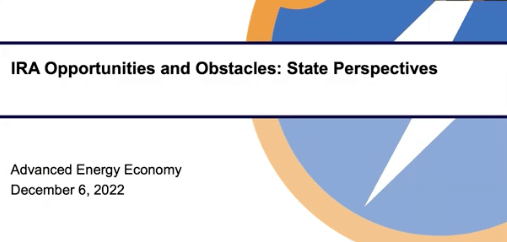With federal funds from the Inflation Reduction Act, the Bipartisan Infrastructure Law of 2021, and the American Rescue Plan Act, the federal government will be releasing over $2 trillion over the next five years to states and local governments to address infrastructure, clean energy, and climate change. The J40 Initiative (J40) requires that at least 40% of the benefits of investments in clean energy and water infrastructure go towards disadvantaged communities that are marginalized, underserved, and overburdened by pollution, a term that is defined differently at federal, state, and local levels. It will take careful coordination between all levels of government and communities to meet the J40 targets.
A report from Lawyers for Good Government provides an overview of the various definitions and data available for identifying disadvantaged, marginalized, underserved, and overburdened communities within each of the 50 states, including Puerto Rico and Washington, D.C., to help states, local governments, communities, and nonprofit partners implement J40 requirements. This report also provides an overview of any known existing or proposed state level policies for J40 implementation, and identifies the relevant state-level decision makers and agencies regulating climate, energy, water, and infrastructure to facilitate community engagement and ensure coordination between agencies.
Related contet:
Climate Investments in the Inflation Reduction Act for States and Cities
How states can take advantage of federal infrastructure funds
Federal Investments for States in the Inflation Reduction Act




